Grow Great Blue Lobelia: Native Blue Cardinal Flowers For Butterflies And Hummingbirds
If you’re keen to enhance your native plants or attract more pollinators, blue cardinal flowers are an essential flowering perennial. Here’s how to grow great blue lobelia
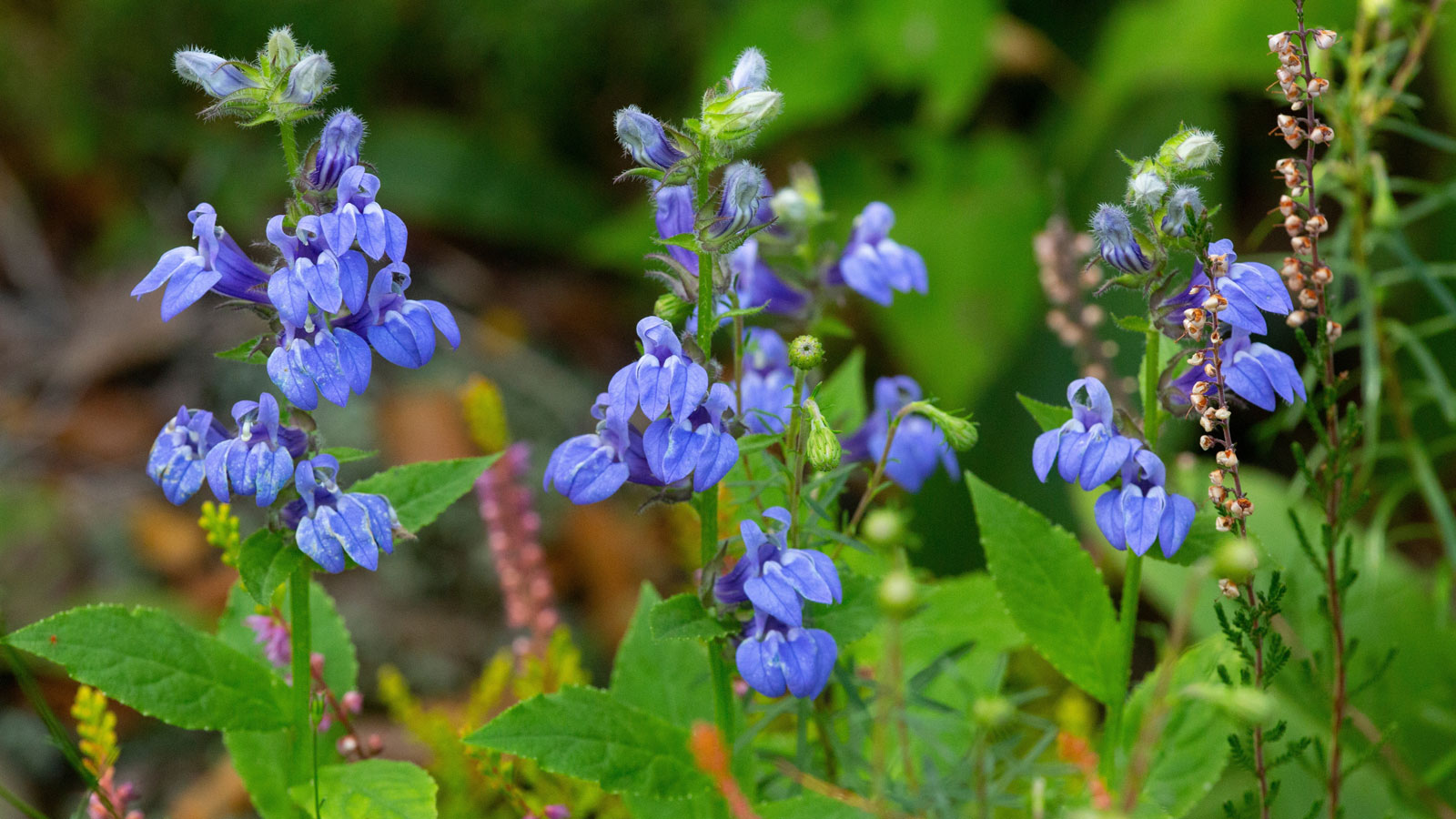
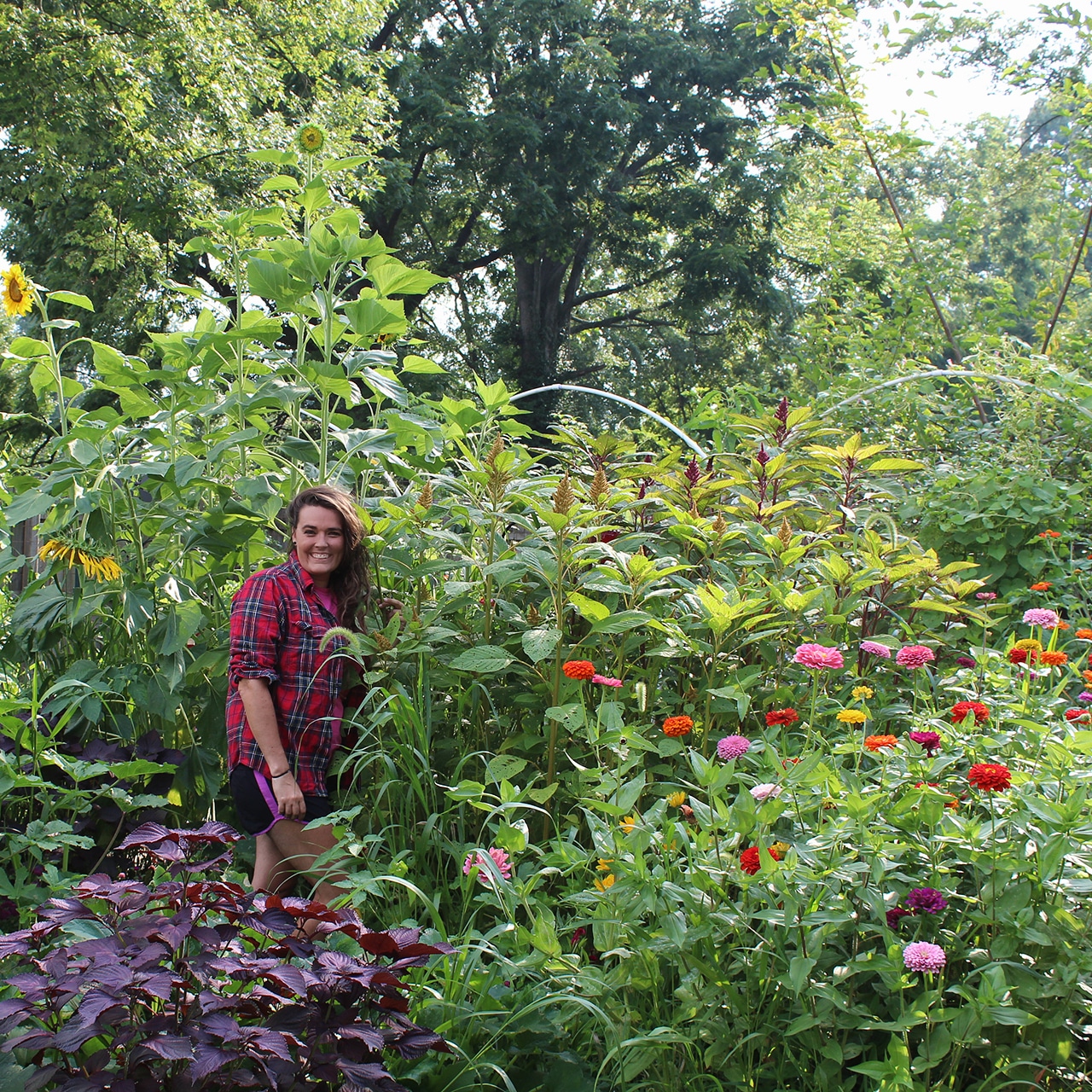
Quick Facts
Botanical name:
Lobelia siphilitica
Height: 36 inches (90cm)
Spread: 18 inches (45cm)
Sun: Full sun, part-shade
Soil: Neutral, slightly acidic
Hardiness zones: 4-9
When to plant: Spring, fall
Lobelia plants like blue cardinal flowers are an attractive addition to pollinator gardens and naturalized flower beds. Large flower stalks persist from summer through fall, serving as a veritable haven for bees, butterflies and hummingbirds.
Though most would consider this plant easy to grow, native great blue lobelia plants do have some specific needs that must be met if they are to thrive and flourish. Once you know how to grow these cardinal flowers, you’ll be rewarded with a stunning perennial that is sure to enhance the wildlife potential of your sustainable yards and gardens.
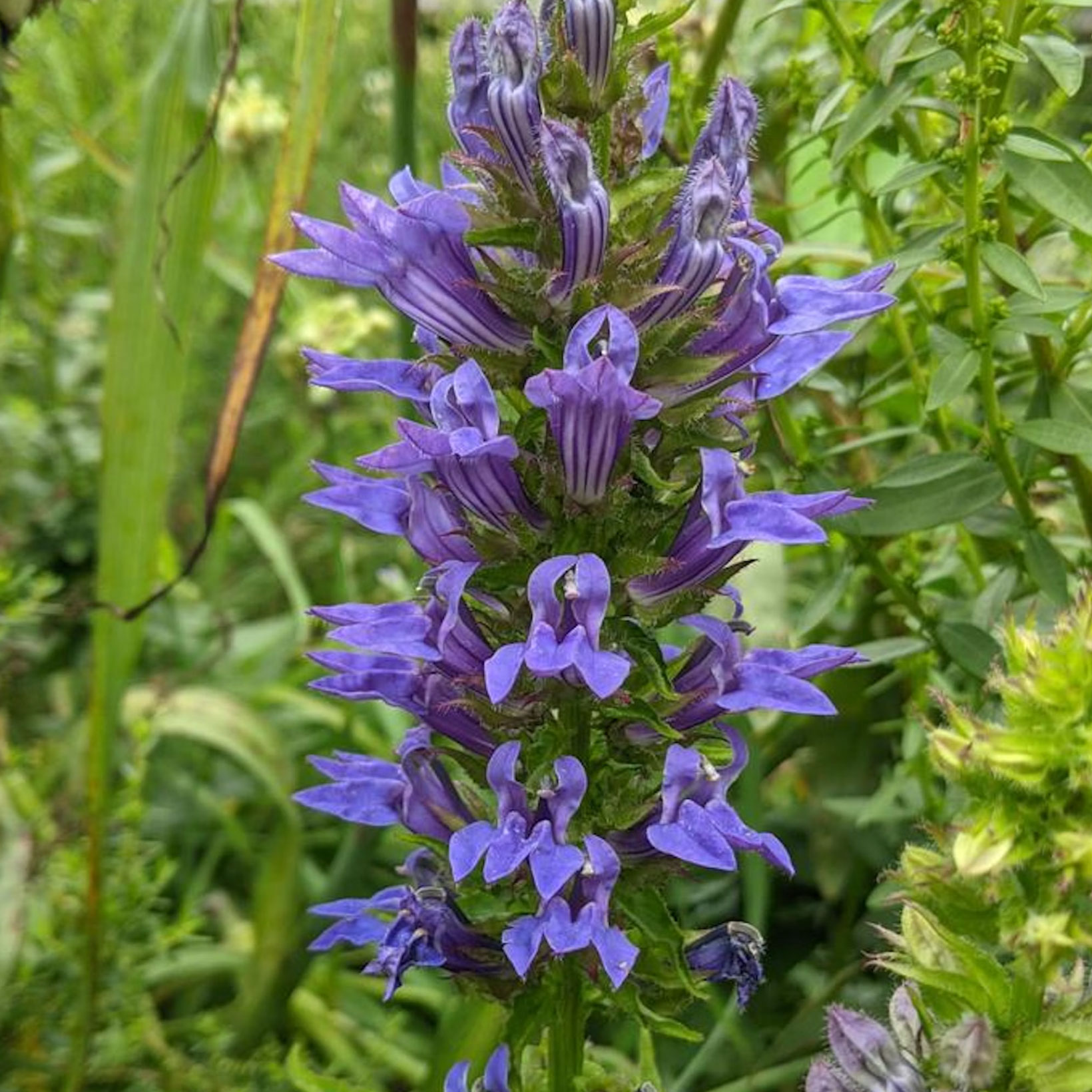
Grow your own gorgeous blue native for damp spots, shady corners and pollinator plots. You’ll find this blue cardinal from Green Promise Farms in the GKH shop.
Caring for Great Blue Lobelia
Once established, native great blue lobelia plants are low-maintenance perennials. They are some of the most enduring native blue flowers you can grow, with their distinctive purple-sapphire flower spikes. However, to grow flowers that will attract as many butterflies and hummingbirds as possible, follow these guidelines for great blue lobelia care:
- Lighting: Plants can tolerate full sun in some regions, but where temperatures are especially warm they will benefit from growing as native shade plants and appreciate dappled afternoon light. However, plants may become leggy or flower poorly where light is inadequate.
- Temperature & Humidity: Great blue lobelia grows best if daytime temperatures stay at 65-75°F (18-24°C). Cooler conditions at night support growth and the production of flowers from spring to summer. Though they show some tolerance to heat and humidity, they may struggle in regions that are especially warm or dry.
- Watering: Lobelias appreciate consistent moisture in the growing season. The soil should not be allowed to dry completely, as this will stress plants. Routine monitoring may be needed in warmer regions to maintain soil moisture levels. Irrigating on a weekly basis is preferred.
- Fertilizing: Lobelia plants appreciate a balanced, slow-release fertilizer each spring, just as growth resumes. Continue to feed them throughout summer every couple of months. Decrease feeding as the weather cools in autumn and the plants begin to prepare for dormancy.
- Soil & Compost: Lobelias flourish across a wide range of soil types, but they perform best when planted into a rich loam. Flower beds should remain consistently moist and drain well. Compost and other amendments can be added to the medium at planting time to improve water retention and fertility, and to increase drainage.
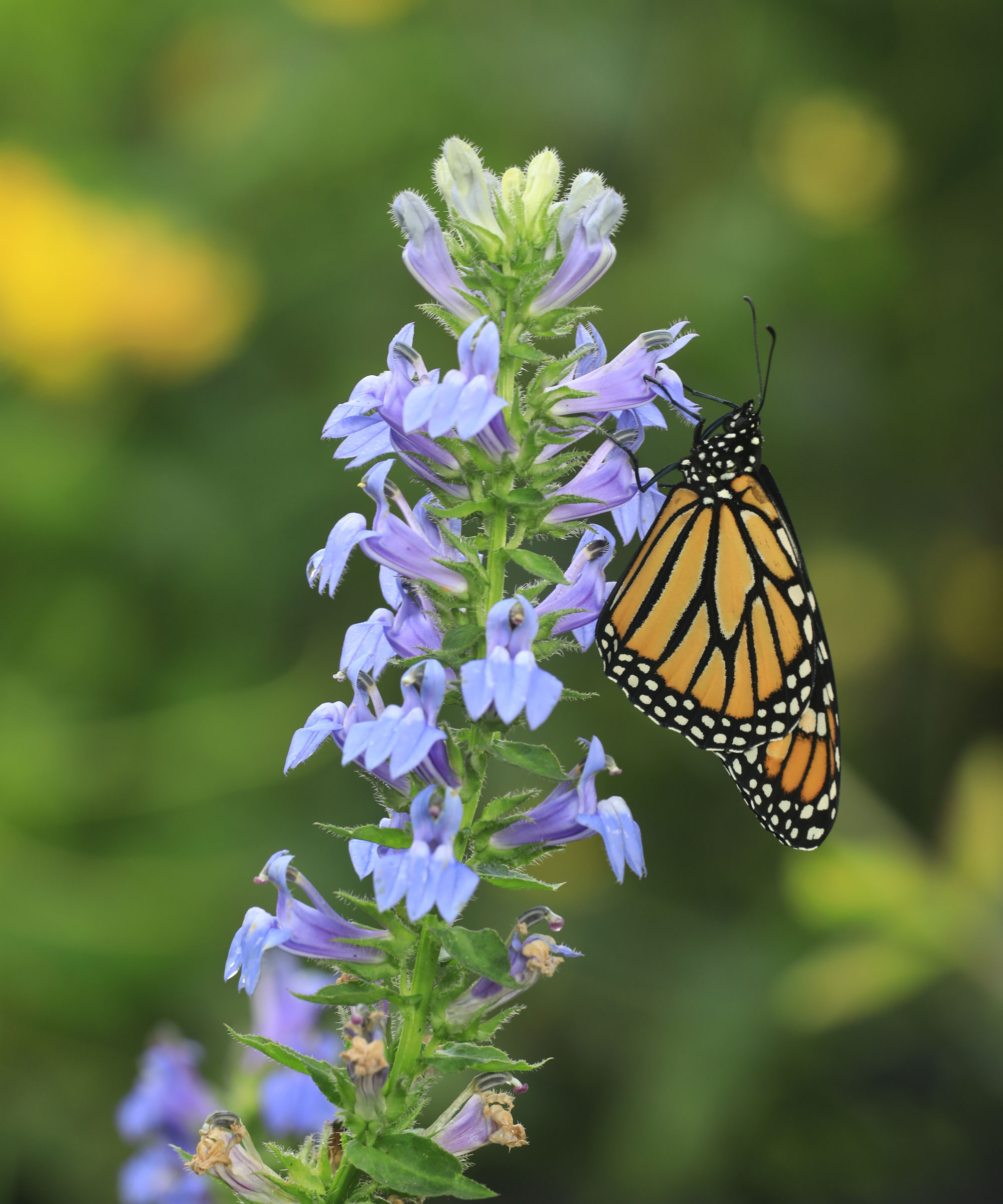
Where to Plant Blue Cardinal Flower
Within its native range, the blue cardinal flower can be found growing near moist woodlands, ponds, streams, and even ditches. To mimic these conditions within the garden, it’s smart to situate plants in partly shaded beds, or somewhere they can receive dappled light throughout the day. Plant great blue lobelia seedlings in spring, in fertile soil.
Expect lobelia’s abundant flowers to persist from summer through fall, ideal for a late-season landscape. During the great blue lobelia bloom time, these are special plants for attracting hummingbirds, bees and butterflies, serving as a much-needed source of food. This makes lobelia a good choice for native wildflower beds, naturalized landscapes, stumpery gardens and informal spaces.
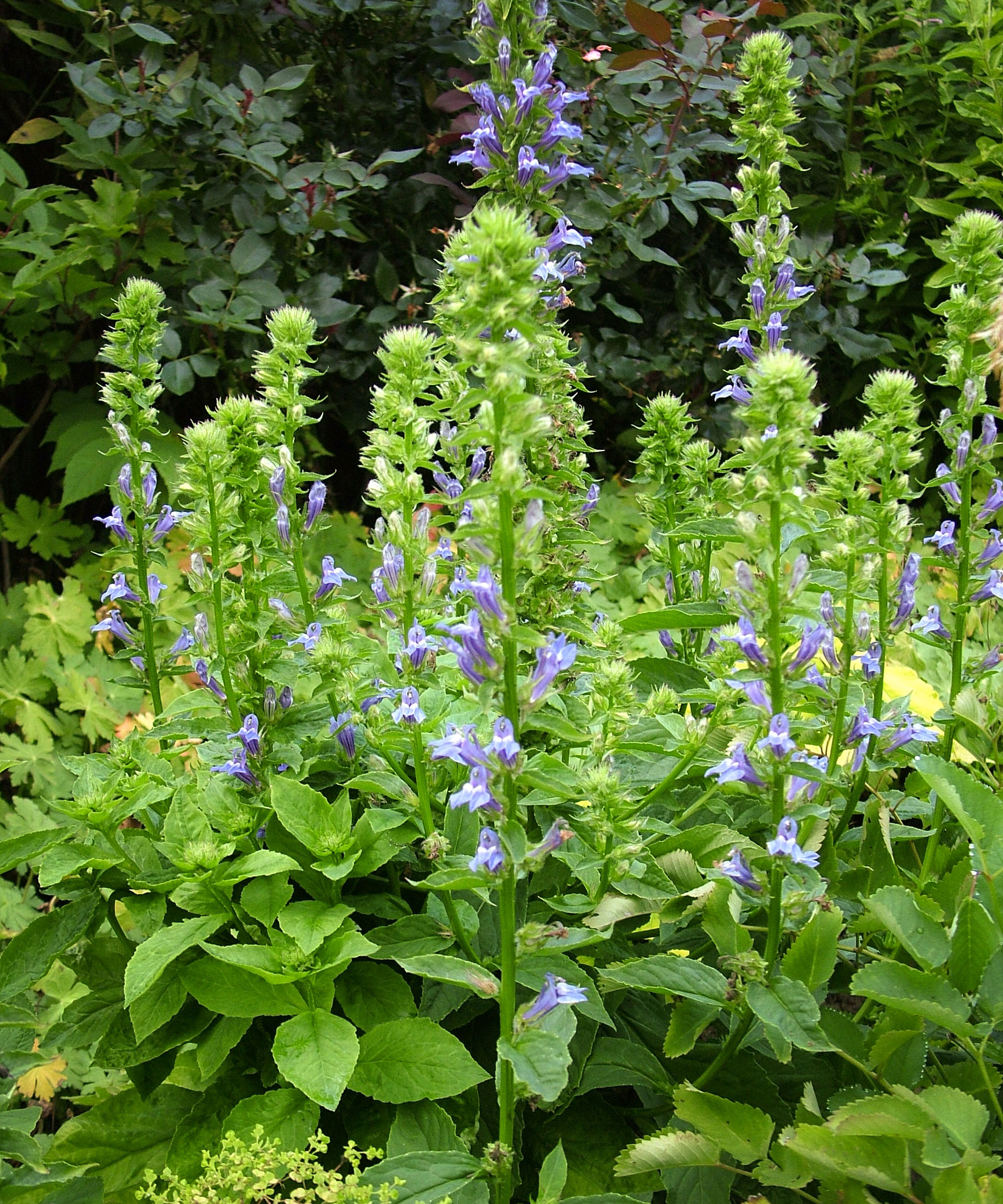
Prune and Deadhead Great Blue Lobelia
Pruning and deadheading are an essential aspect of great blue lobelia care. It can help to cut back lobelia or pinch plants in early spring to promote growth and increase the production of flowers.
Deadhead the flowers once they’ve faded to keep plants looking tidy. Deadheading prevents the plants from producing seed, which further aids in root development and increases vigor among new plants. Note that lobelia is known to naturalize.
Gardening tips, videos, info and more delivered right to your inbox!
Sign up for the Gardening Know How newsletter today and receive a free copy of our e-book "How to Grow Delicious Tomatoes".
Problems, Pests & Diseases
As a native plant, blue cardinal flowers are highly resistant to disease, but issues related to soil moisture and fertility can be problematic. Though these plants appreciate consistent moisture, excess water or oversaturated soils can lead to the development of fungal problems.
Conversely, the leaves of lobelia plants may turn brown due to under-watering, or exposure to extended heat and especially dry conditions, which may cause them to wither. High temperatures and humidity may also cause undue stress. Keep a close eye on both moisture levels and exposure to sunlight to minimize these issues.
Best Ways to Propagate Great Blue Lobelia
Lobelia plants are most commonly propagated through cuttings. Take small stem segments from plants. Remove the foliage from the bottom third of the cutting. Though optional, rooting hormone can encourage new growth. Keep consistently moist, with proper warmth and humidity levels. Rooting should occur within three weeks. Keep young lobelia in containers and plant out during spring.
Lobelias can also be grown from seed. Great blue lobelia seeds are commonly found online, specifically on sites that focus on the preservation of native species. Special treatment may be required to increase the rates of germination. This includes the use of cold seed stratification techniques to mimic naturally occurring conditions outdoors.
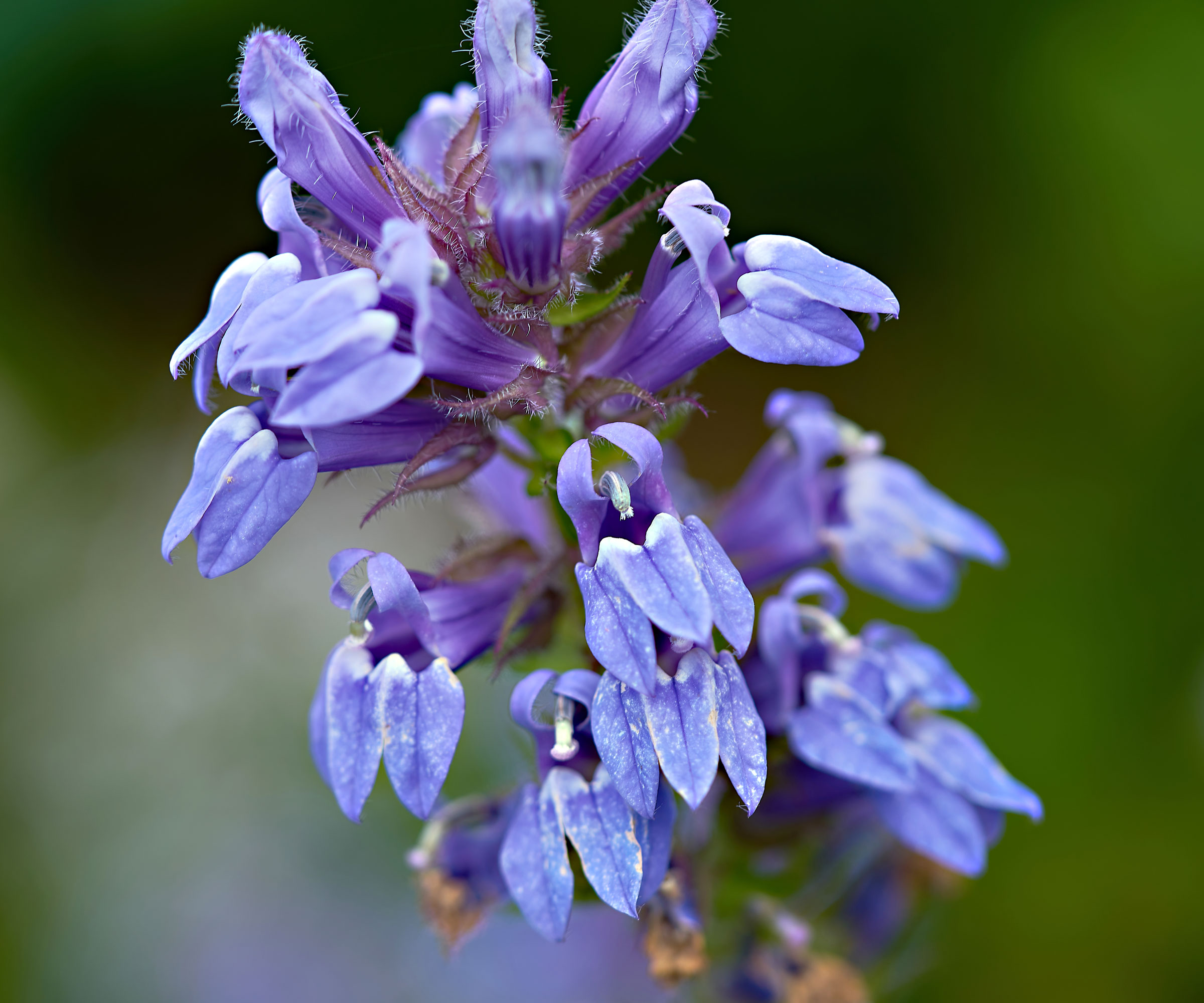
Frequently Asked Questions
What is the Difference Between Red and Blue Cardinal Flowers?
Though blue and red cardinal flowers do differ, they share some common characteristics. Like blue lobelia, red cardinal flowers (Lobelia cardinalis) are known for their impressive height, brilliant color, and unmatched ability to attract pollinators. Both plants have similar needs for growth, often allowing for interplanting among beds.
Does Great Blue Lobelia Spread?
Where conditions are ideal, lobelia can spread to form large clumps. However, this short-lived perennial is generally not considered invasive. Many gardeners allow plants to self-seed, multiplying their numbers over the course of several seasons.
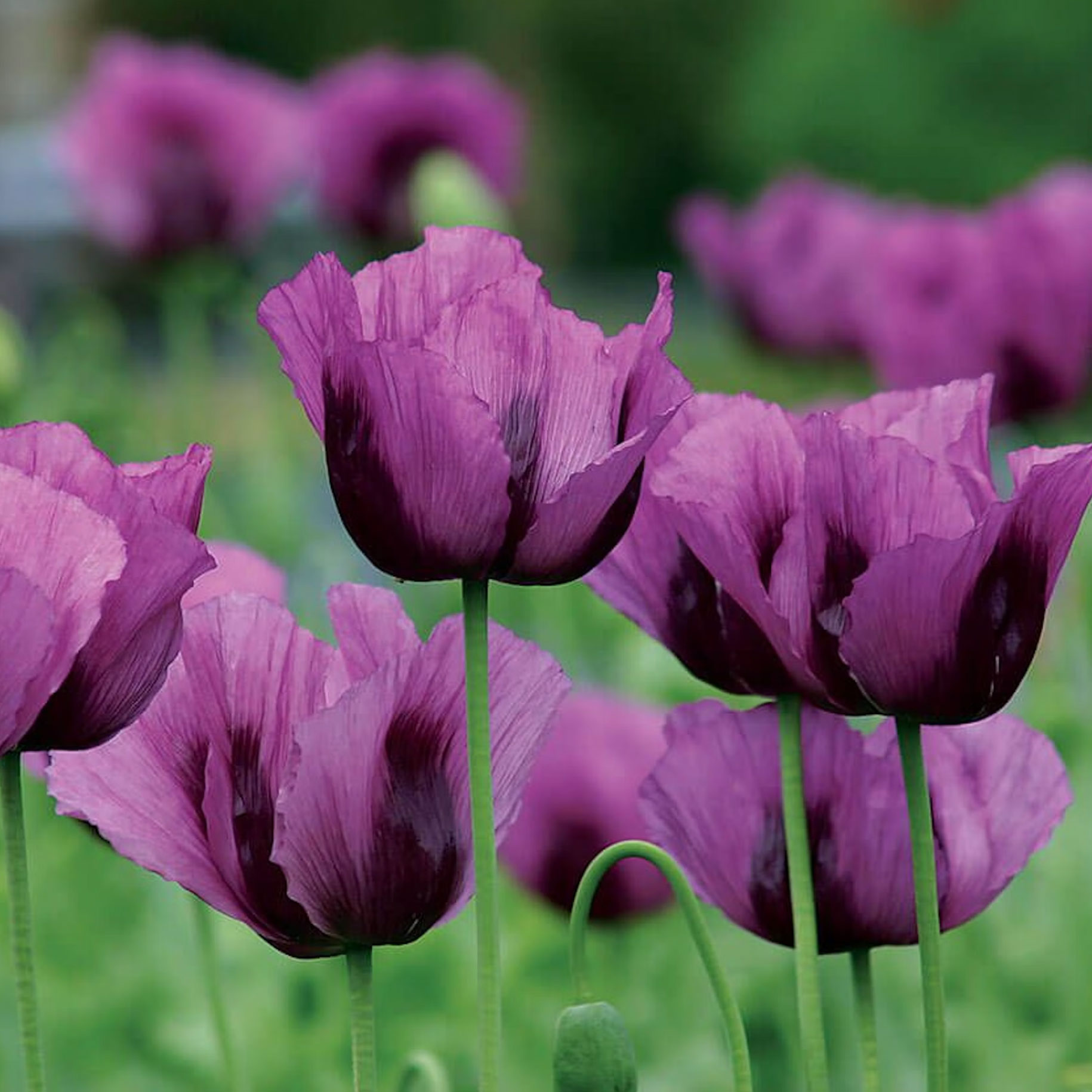
Why stop at blue cardinals? Fill your plots with dreamy blues and rich purples, courtesy of the curated plants and seeds in the Gardening Know How Shop.
Other Native and Pollinator Planting Inspirations
- Looking for the most vibrant and versatile native flowering bushes for bees and butterflies?.We round up the ultimate native flowering shrubs for pollinators.
- Passionate about blue flowers and keen for more pollinator-friendly plants? Try these enchanting blue flowers to start from seed, with picks for bees and butterflies.
- Foster more nectar-rich florals with our ultimate nectar plants for honey bees and other pollinators – guaranteed to bring more beneficial wildlife to your yard!
- Is your garden enticing to hummingbirds? Read all about these brilliant planting plans to attract hummingbirds to your garden – then sit back and enjoy the show.
- Make sure you’re doing all you can to support local pollinators and keep them fed and happy. The Gardening Know How Shop’s pollinator garden essentials cover everything from bee cups and seeds to hummingbird feeders and comprehensive pollinator planting kits.
This article features products available from third party vendors on the Gardening Know How Shop.

Tonya Barnett has been gardening for 13 years. Flowers are her passion. She has transformed her backyard into a cut flower garden, which she regularly chronicles on her YouTube channel http://www.youtube.com/@tonyawiththeflowers.